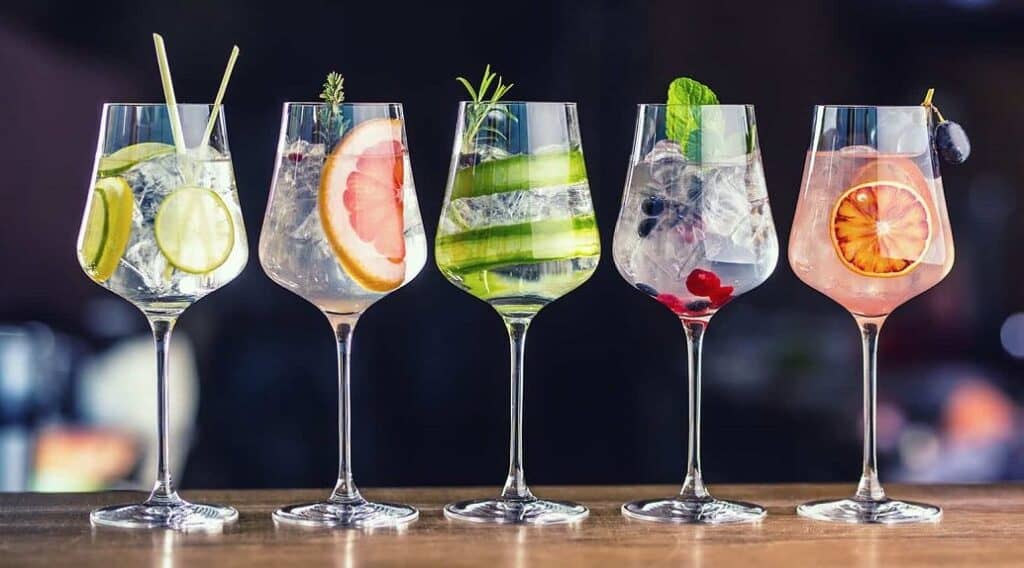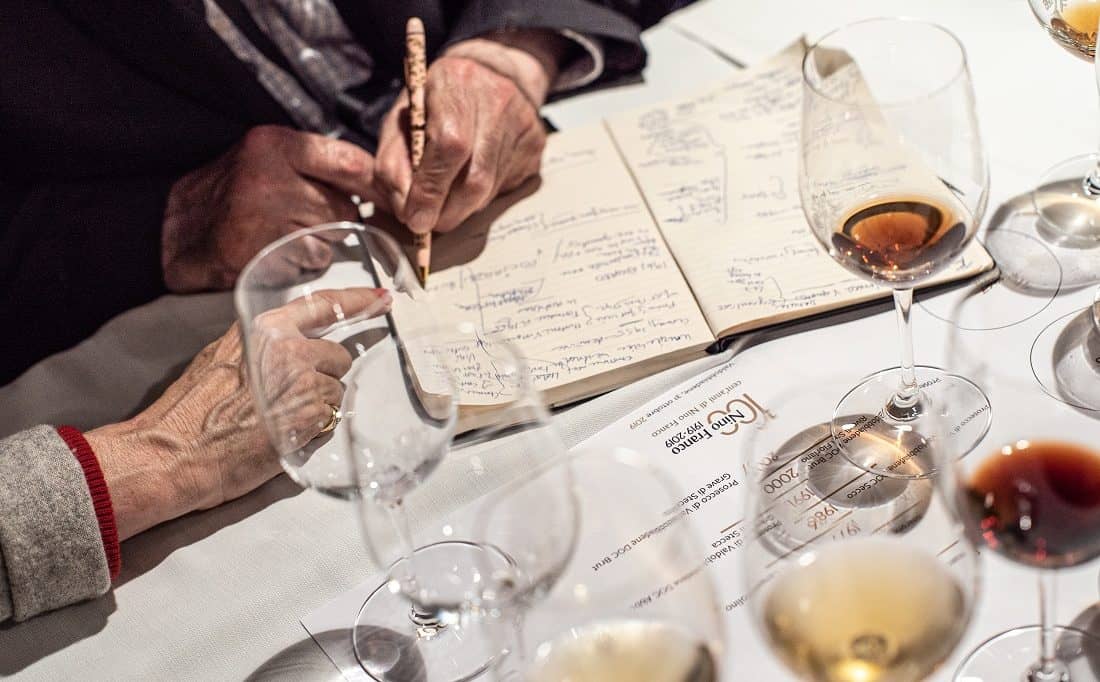Cocktails have long been used to reflect the present events and climate of the world. In good times and in bad, there is always a time to have a drink. In the US, the most drink-worthy occasions have been ranked with anniversaries at 77%, engagements at 78%, and birthdays ranking at the number one most drink-worthy event at 83%.
Drinking is not always used for celebratory purposes, though. Sometimes drinks can be used to lessen anxiety and increase a feeling of self-worth, and the reason for drinking can change depending on the times.
To start the exploration into the history and future of cocktails, we must discuss the gin and tonic. First crafted in the 19th century, British soldiers used the gin and tonic as a health tonic as they traveled to India and had to acclimate to the significantly warmer weather.
Each ingredient was selected due to its “healing properties.” Tonic, made from quinine, can help to prevent malaria, a disease that was deadly to many British who traveled to India during the 19th century.
Cocktails Throughout History
The lemon or lime used in gin and tonic was used for its benefits in preventing scurvy. Even the gin base was thought to be a “cure-all” and was used medicinally in medieval times. While the gin and tonic is still a very popular drink today, it was originally created in a time where the social climate needed a healthy tonic to aid those who were afraid of new transmittable diseases.
Another time when cocktails were used to aid anxiety was in 1910 when the Spanish Flu swept across the globe. Popular cocktails during this time were the Corpse Reviver, the Penicillin, and the Medicina Latina.
It goes to show that even in times of mass panic, society will always find humor in naming cocktails. These drinks were able to lighten the mood during a time of intense fear and allowed for people to calm their anxieties and increase their self-worth even when they were unsure about their future.
In 1944 the Mai Tai entered the scene, originally consisting of rum, lime, orgeat, orange curacao, and simple syrup. In 1954 the Royal Hawaiian Hotel added pineapple and orange juice in order to give the cocktail the sweet taste it’s known for today. This same year the Pina Colada was introduced at the Caribe Hilton in San Juan.
Both of these drinks were a fruity and fun way to celebrate the times and are still very popular today.
Another popular cocktail was introduced in the 1980s: The Cosmopolitan. This drink was another drink that reflected the times, created during a time of increased visibility of the LGBT community. The Cosmo was very popular among the gay community in San Francisco, but like the Mai Tai, it did not begin with the same ingredients as we use today.
The original Cosmopolitan consisted of vodka, triple sec, and artificial lime and cranberry juice. It was a drink that was more known for its aesthetics rather than its taste. Over the years, bartenders began improving the cocktail by adding fresh juice as well as Cointreau and Cintron to create the Cosmo that is common today,
The Quarantine
Let’s take a look at 2020. The Covid-19 pandemic swept across the globe, and mass stay-at-home orders closed down bars and restaurants. This led to many people taking up home bartending and caused a sharp increase in drinking—14% to be exact.\
While an increase isn’t inherently bad, excessive drinking can cause many health problems. This is why it can be difficult (and expensive) for alcoholics to get term life insurance. Always drink responsibly.
Millennials and Gen Z saw a 19% increase in alcohol consumption, and this could be from their higher consumption of social media, where many creators were sharing their own quarantine concoctions.
These homemade recipes were then spread far across the internet, where new stay-at-home bartenders began making their own changes and adaptations. Drinks like the Kombucha Quarantine (gin, kombucha, and blackberries), the Spring is Here (white vinegar, gin, mint, snap pea syrup, and green chartreuse), and the Kumquarantini (rye whiskey, kumquat syrup, lemon juice, saffron liqueur, and egg white) sprung up much like creative cocktails did during the Spanish Flu, and added a bit of creativity and humor to the world during a very trying and scary time.
The pandemic’s stay-at-home order also saw a change in the way alcohol was purchased, with 44% of Americans choosing to buy their alcohol online.
Food and grocery delivery apps began to see a sharp increase in orders containing alcohol, with Instacart orders containing alcohol rising by 75%. Online alcohol purchases, in general, rose by 243%, and companies began offering new and exciting products to keep the interest of new consumers.

New Trends in Cocktails
One of the most interesting of these new products is the cocktail pop. These frozen treats come in five flavors: Paloma, Mai Tai, Cosmo, Gin and Tonic, and Pina Colada—all classic cocktails! Perfect to enjoy on a hot day in the pool, cocktail popos have a smooth sorbet-like texture and can even be refrozen without losing their luxury quality.
If cocktail pops don’t seem like the best option, many companies offer normal premade cocktails that can be shipped right to your door. This could be the future of drinking culture in America, with the ready-to-drink cocktail market growing by 43%, and it is estimated that ready-to-drink cocktails will make up 20% of overall alcohol e-commerce.
With pre-made cocktails, drinks can be shipped right to customers’ doors, and there is no need for sourcing ingredients, preparation, or any cleanup.
The shift to online alcohol purchasing seems to be one of the lifestyle changes brought about by the pandemic that will stay. Drinks have been used to celebrate, calm anxiety, and express the changing social climate for centuries, and now it has never been easier.
With the convenience of online ordering and delivery, customers can enjoy their favorite cocktails from the comfort of their own homes while staying socially distant and safe. Safety is especially important, as the most populated cities like Las Vegas, Nevada, or Austin, Texas, have high rates of drunk driving. Pandemic drinkers must drink responsibly at home, not on the road.
Is this going to be a practice that will continue well after the pandemic? What new cocktails will be crafted in years to come? Only time can tell, but as it goes, drinking will continue to be used in times both good and bad across the world.


